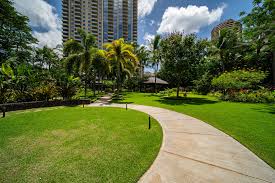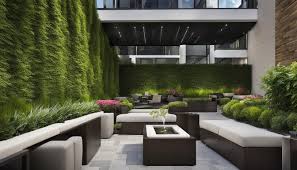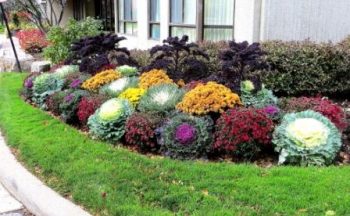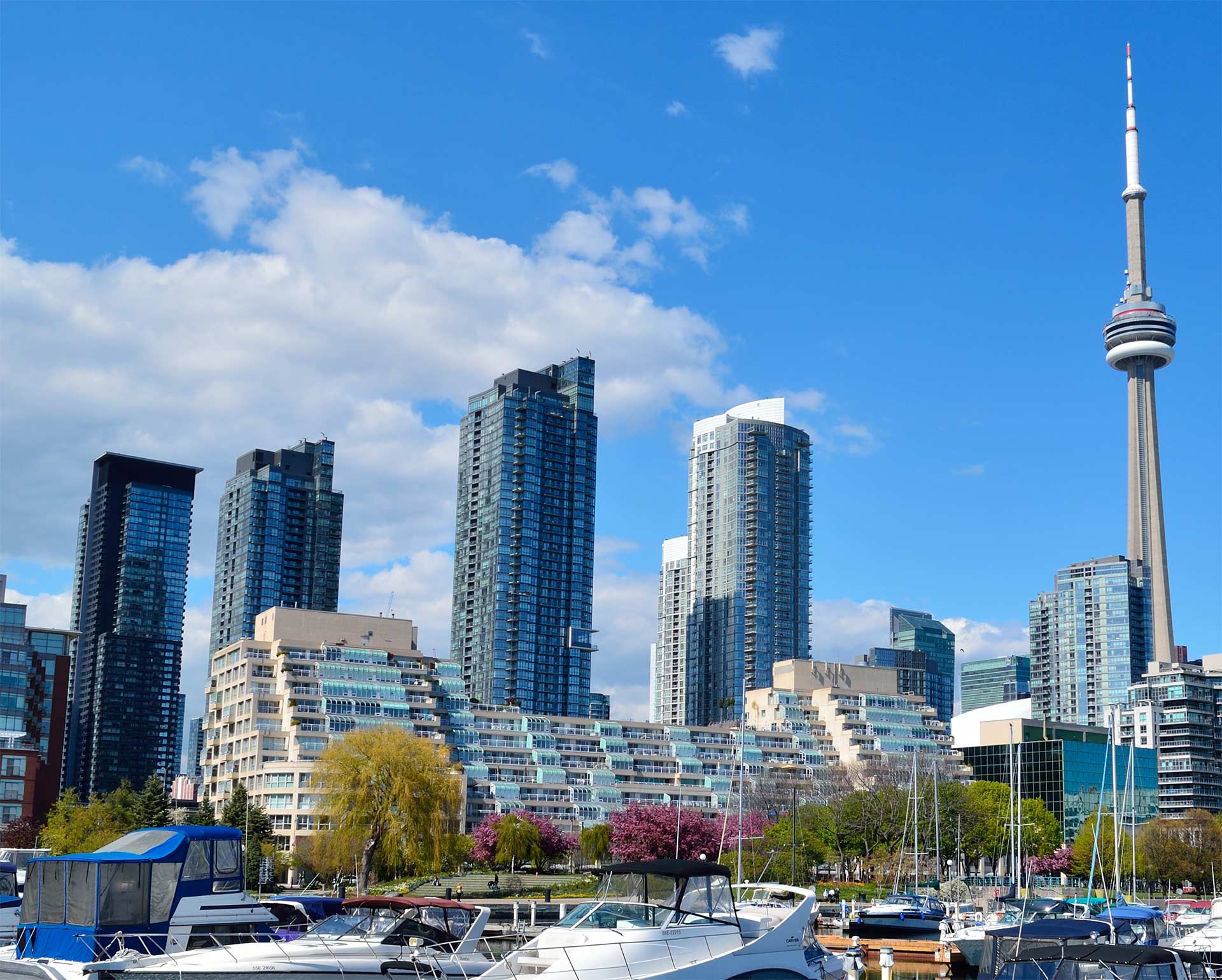 July 2025
July 2025
Way back in 1868 Frederick Law Olmsted, designer of New York’s Central Park and presumed inventor of lawns, called large grassy lawns a “democratic ideal” every homeowner should aspire to. For the first planned community in North America, outside Chicago, he decided that every house had to be set back 30 feet from the road and include “a lawn that will flow seamlessly into his neighbour’s creating the impression that all lived together in a single park.”
The idea caught on and most suburban communities continue to follow this formula. We purchase land, build a home, and lay down sod for front and back yards before moving in.
This basic formula has been modified for high-rise condominium communities. Grass areas for recreation, socialization and pets is a prized amenity. A building’s driveway, outdoor parking and walkways are usually surrounded by grass. Ensuring these spaces remain vibrant without requiring extensive maintenance requires a web of underground watering systems invisible when not in use. Urban buildings with space restrictions will include among the non-grassy areas a diversity of planters and smaller spaces for flowers or trees.
Some argue this is unnatural, damages the environment and even against basic human rights allowing owners to do what they want on property they own. While some have gone to court and won on this issue, most would object to a neighbour allowing an unmaintained garden growing wild. Such a garden, after not being maintained for a couple of years, becomes full of weeds, dandelions and a variety of undesirable species allowed to grow wild plus mosquitos, insects and animals. Pretty soon, nobody wants to be outside and anywhere near the area. Mother Nature, given free reign, is not what neighbours want to see next door.
Maintained lawns look far neater and tidy. They don’t require the same level of maintenance as a natural garden to keep looking respectable.
Neat lawns with pretty gardens are what condominium and high-rise residents want to see.








